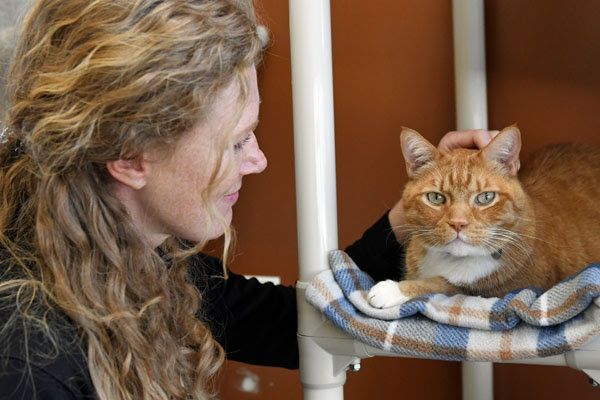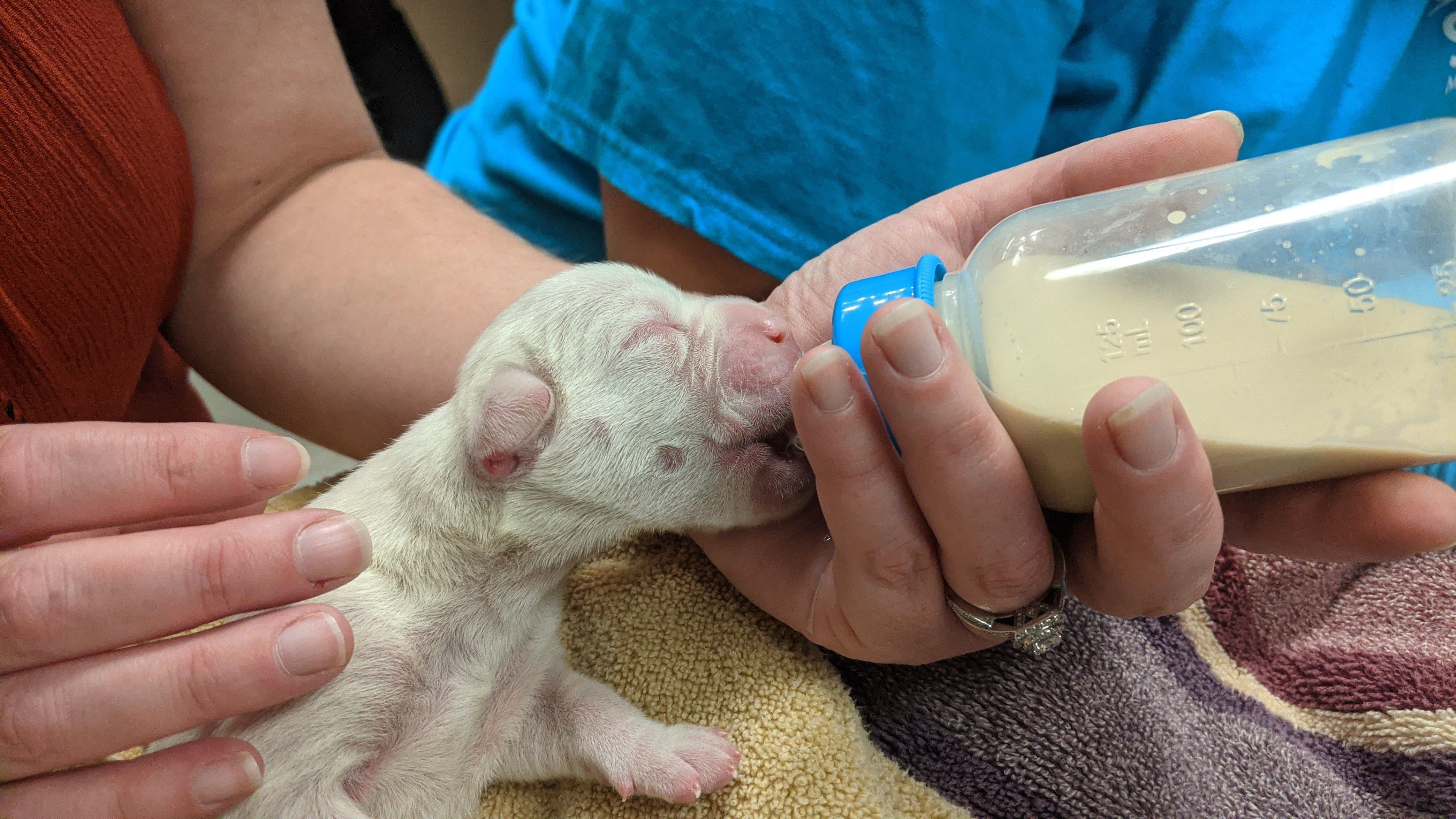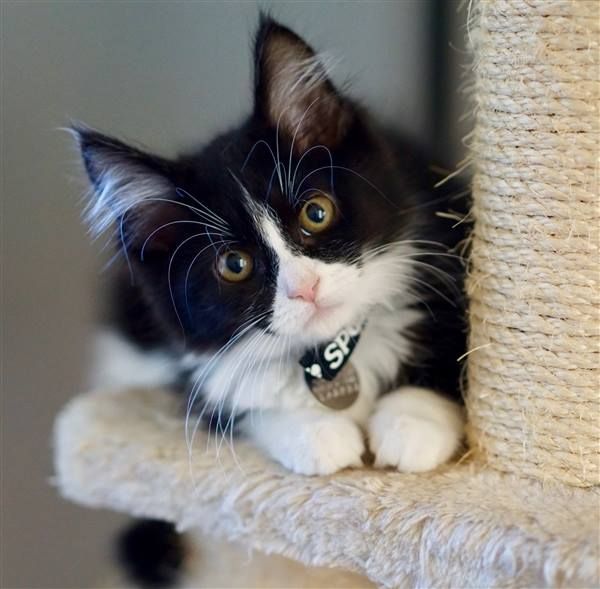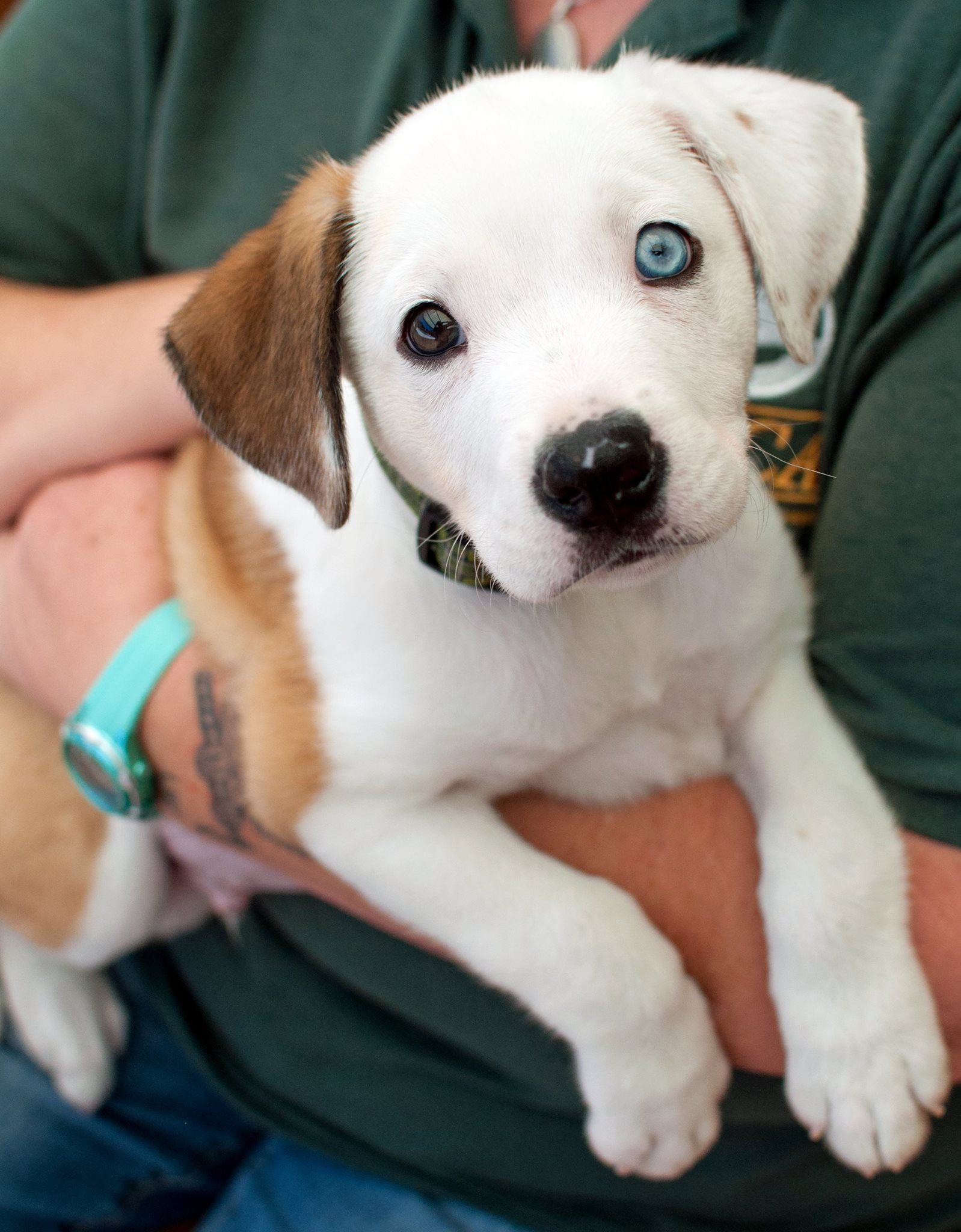Search for a Lost Pet

WHAT TO DO IF YOU LOST YOUR CAT
CONTACT US
Search for a lost cat using Petco Love Lost and virtually search our shelter for your lost pet.
Call (831) 373-2631 or 422-4721, Fax 831-264-5492, or email us
Contact SPCA Monterey County with a description of your cat and the time and area from which he or she disappeared. If you have a current photo, please send it in the online report form (above). We strongly recommend visiting us and your local shelter in person to search for your lost pet. You can also click here to see a list of animal control and non-emergency police contact numbers, find the contact information for your town’s pet shelter, and virtually search our shelter for your lost pet.
SOCIAL MEDIA
There are numerous places where people post lost and found pets on social media. Unfortunately, sometimes people don’t realize they should also report those pets to our local shelters. We recommend searching as many of these places as you can, and more as new resources can pop up daily. Recruit your friends and family to help search online, too! Some of these places include:
- Craigslist
- Next Door (Membership required, free)
- Perpetual Bargain Fair on Facebook (Facebook Group)
- Lost & Found Pets of Monterey County, CA (Facebook Group)
- Salinas, CA Lost/Found/Stolen Pets (Facebook Group)
- Animals Lost & Found on the Monterey Peninsula/Salinas & Surrounding Area (Facebook Group)
- 831 Lost and Found Pets (Facebook Group)
- 831 n 408 Animal and Livestock (Facebook Group)
- Neighborhood Watch Help in Salinas (Facebook Group)
- Salinas, CA – Lost Dogs, Cats & Pets (Facebook Group)
- Fort Ord Pets (Facebook Group)
HERE, KITTY KITTY!
Scan the neighborhood and nearby roads from your door. Try calling your cat by name and using sounds that typically bring him or her running, such as opening a can of cat food, tapping the side of a can with a fork, or shaking a box of dry food. It’s also important to stop regularly, be quiet, and listen for your pet to make a noise in reply. If it is safe, leave the door ajar when you go back into the house.
WE KNOW IT SOUNDS CRAZY, BUT...
Search your property thoroughly. Cats are inquisitive and can get themselves into some very strange places. Look behind, under, and inside washing machines, clothes dryers, stoves, refrigerators, and dish washers. Look behind water heaters, in boxes, under furniture, under beds, in closets, in cabinets, in shelves and bookcases, in drain pipes, in sewer drains, in culvert pipes, in and under vehicles, in crawl spaces under the house, inside sheds and barns. Also look in attic crawl spaces, on the roof, in roof gutters, and up in the trees.
MEET YOUR NEIGHBORS
Notify immediate neighbors of your cat’s absence. Canvas the neighborhood, moving from door to door with your cat’s description and your telephone number. They can keep a lookout for your cat or alert you if they hear any meowing. Talk to everybody you run across. This includes the postman, paperboy, children, parents waiting at the school bus stop, school crossing guards, neighborhood crime watch groups, garbage pick-up crews, etc. Give them a written description of your pet and your phone number as well. Try to get all the neighborhood children involved. Kids are great at finding lost pets!
REALLY MEET YOUR NEIGHBORS
Request permission to look in a neighbor’s garage, as cats can sometimes hide there. If your cat is not used to being outdoors, he or she may panic and hide. Sick or injured cats are also likely to hide in dark, quiet places.
ALL THE NEWS THAT'S FIT TO PRINT
Place an ad in the ‘lost and found’ section of your local newspaper. Check daily for any found pets.
CHECK WITH THE VET
If your pet was somehow injured, a kindly neighbor may have taken it to the nearest veterinary clinic for help.
MOST WANTED
Click here to prepare a flyer with relevant information about your cat, including a picture, name and physical description. Add details such as whether he or she is willing to approach strangers. Post and distribute flyers wherever your cat was last seen.
PREVENT
Reduce the likelihood of your cat becoming lost by making sure your cat is microchipped and wears a collar and identification tag even if he or she lives indoors. And keep a current picture of your cat handy. Remember that a lost cat may lose their collar or identity tag, which is yet another reason to have your cat microchipped. Microchips are available at The SPCA for only $25, including lifetime registration!











